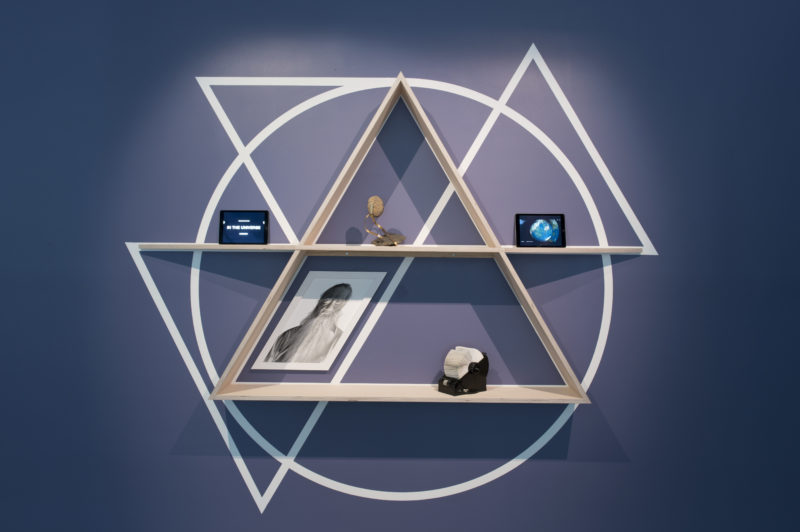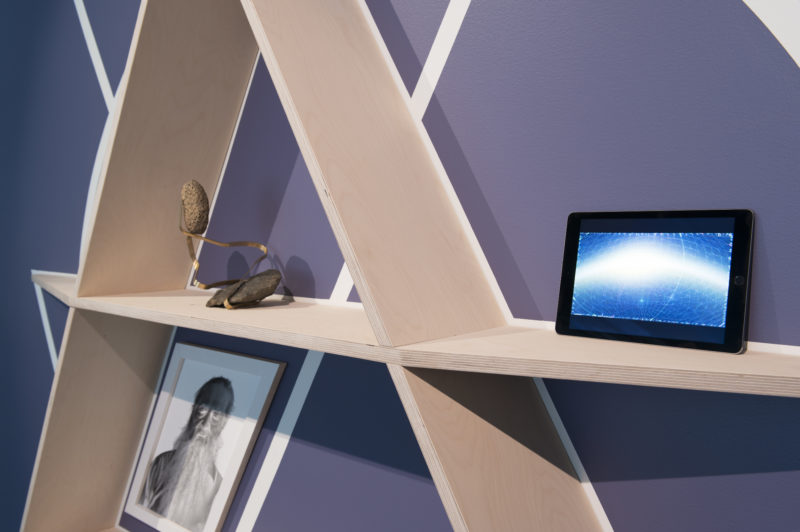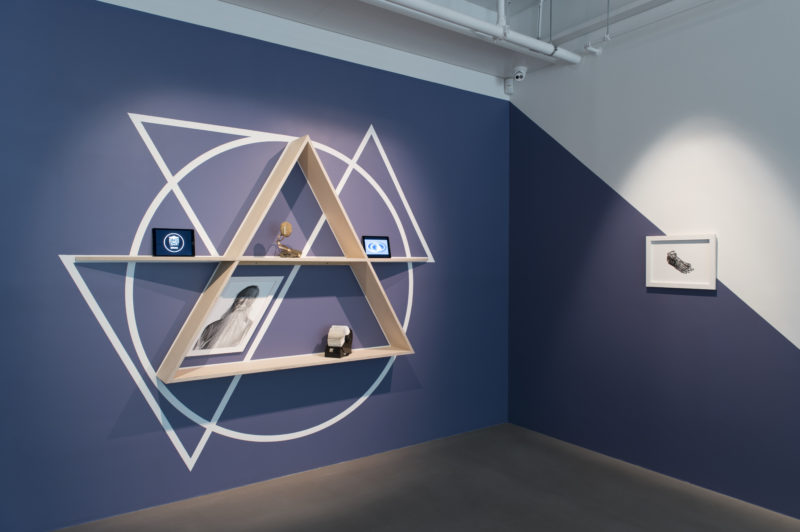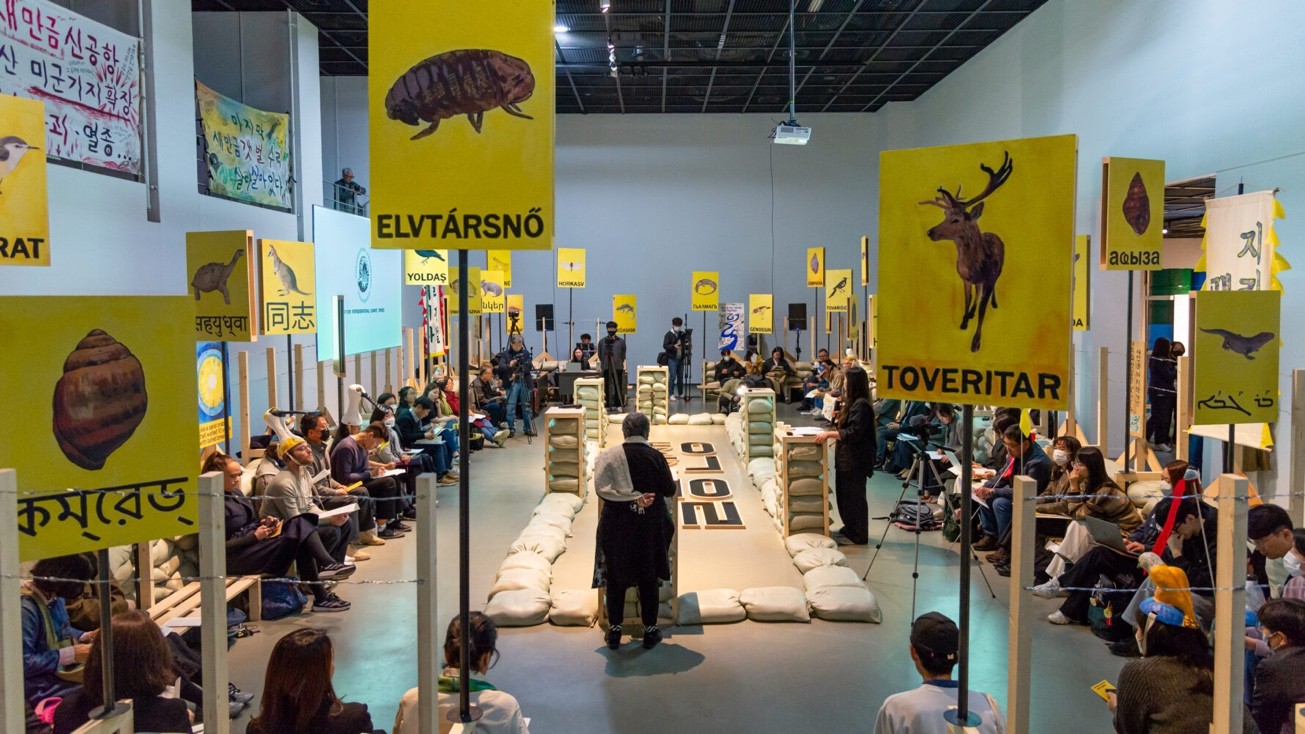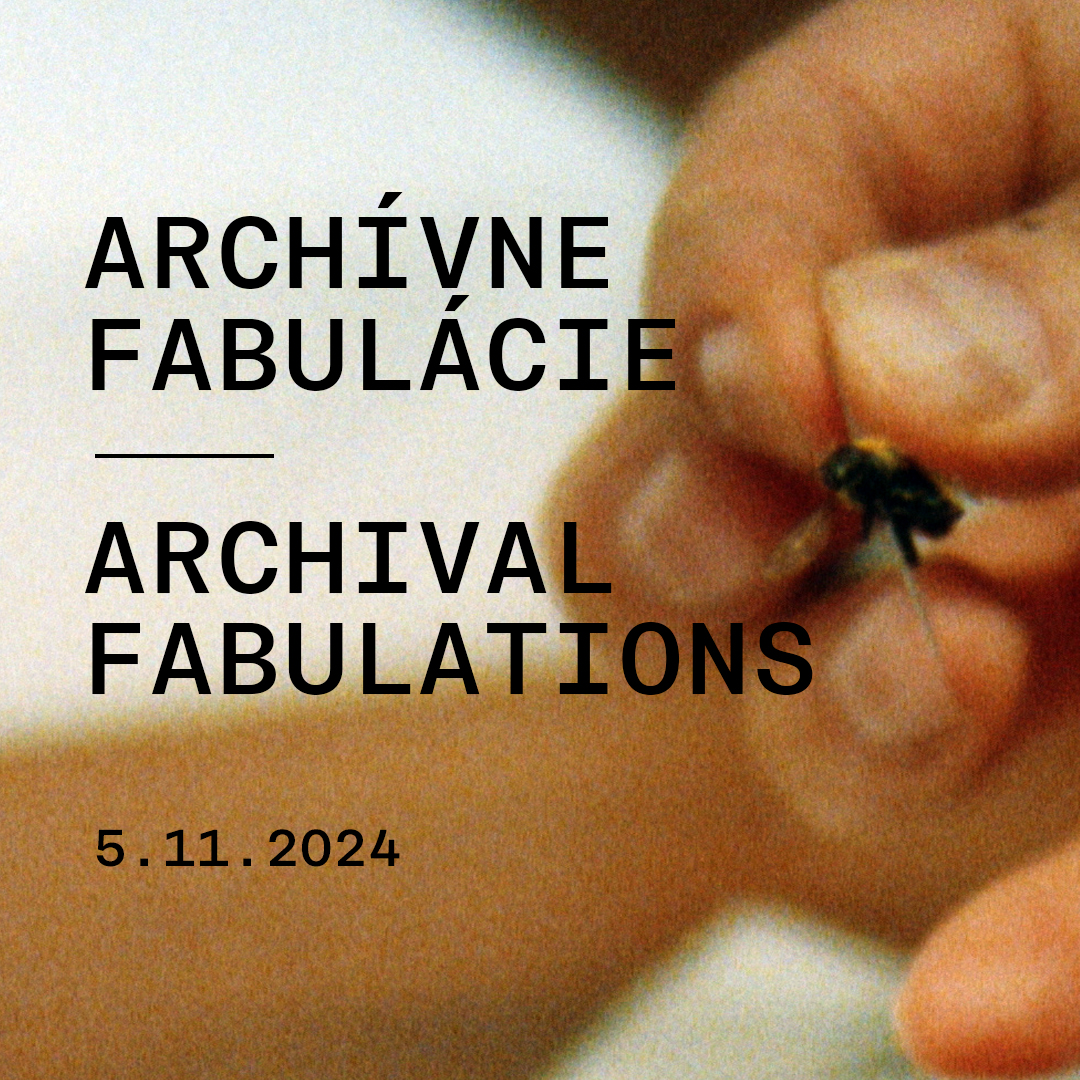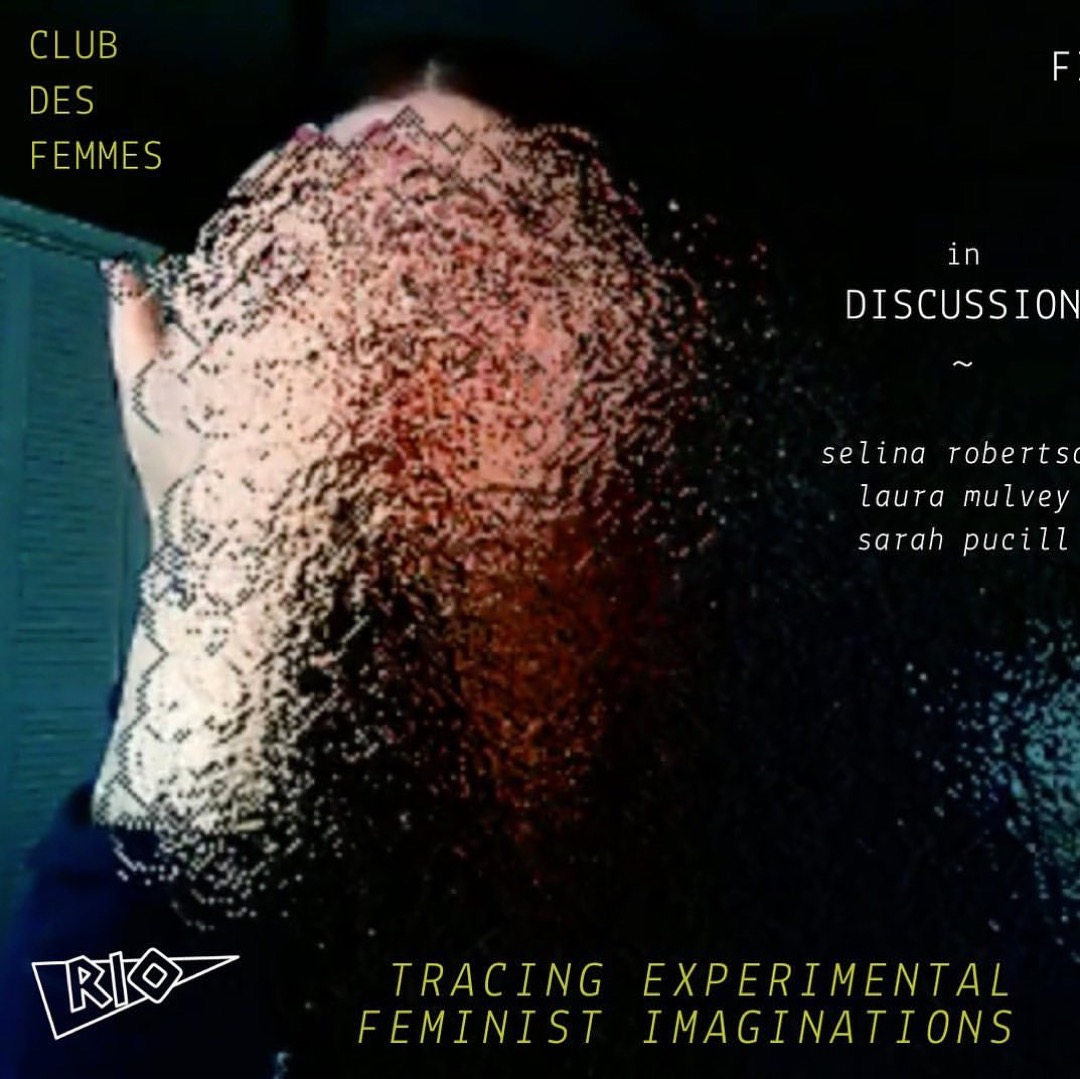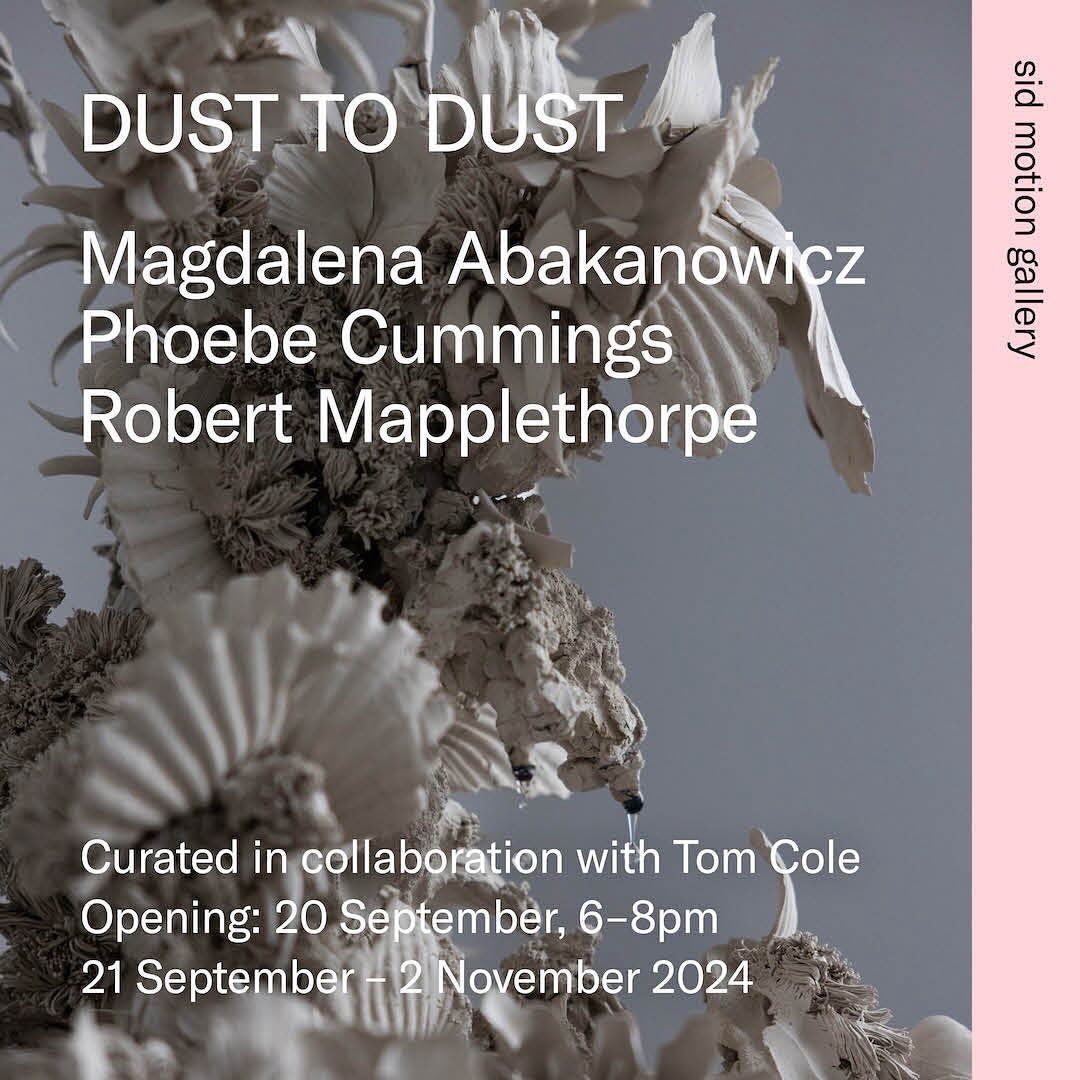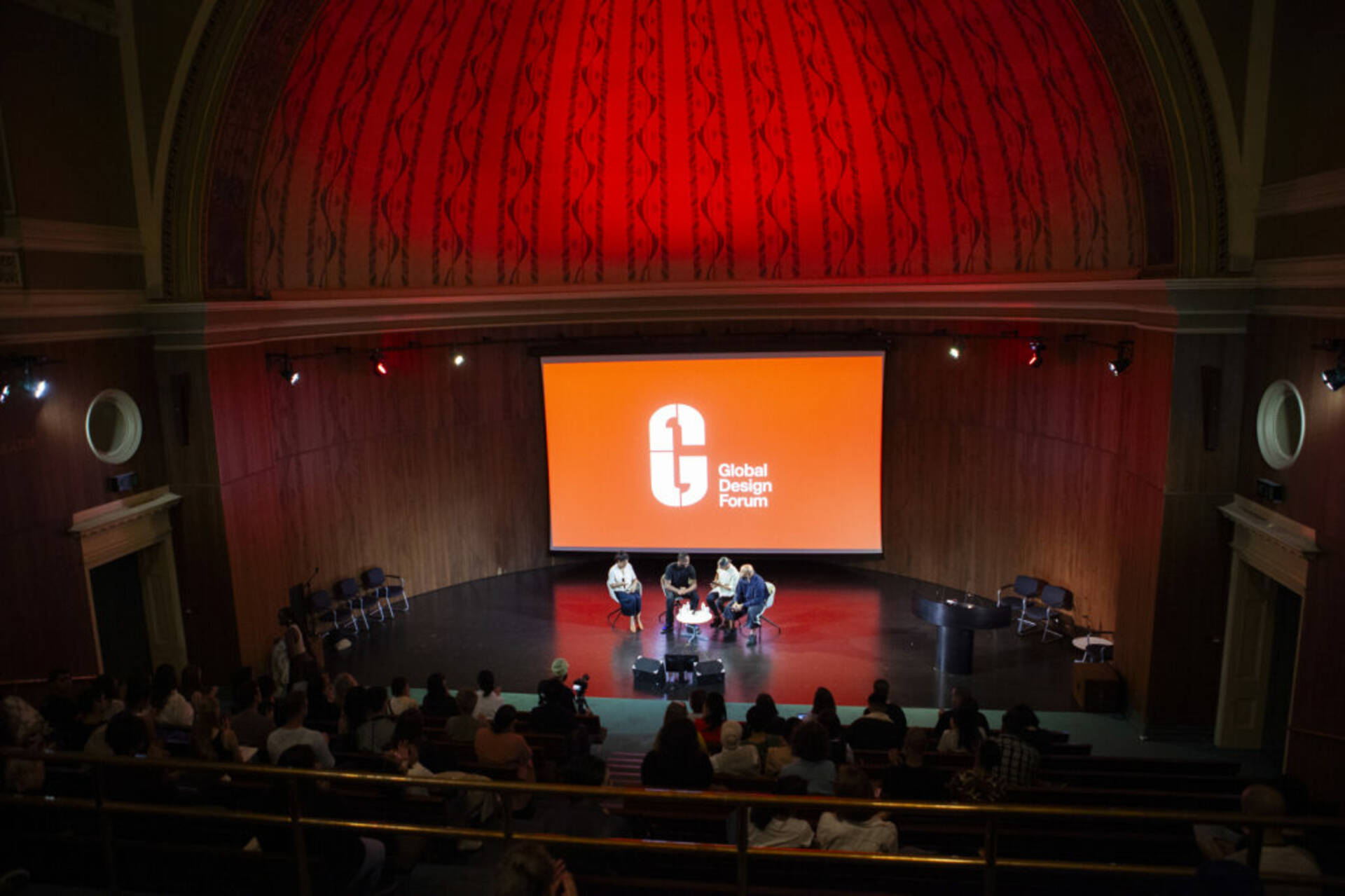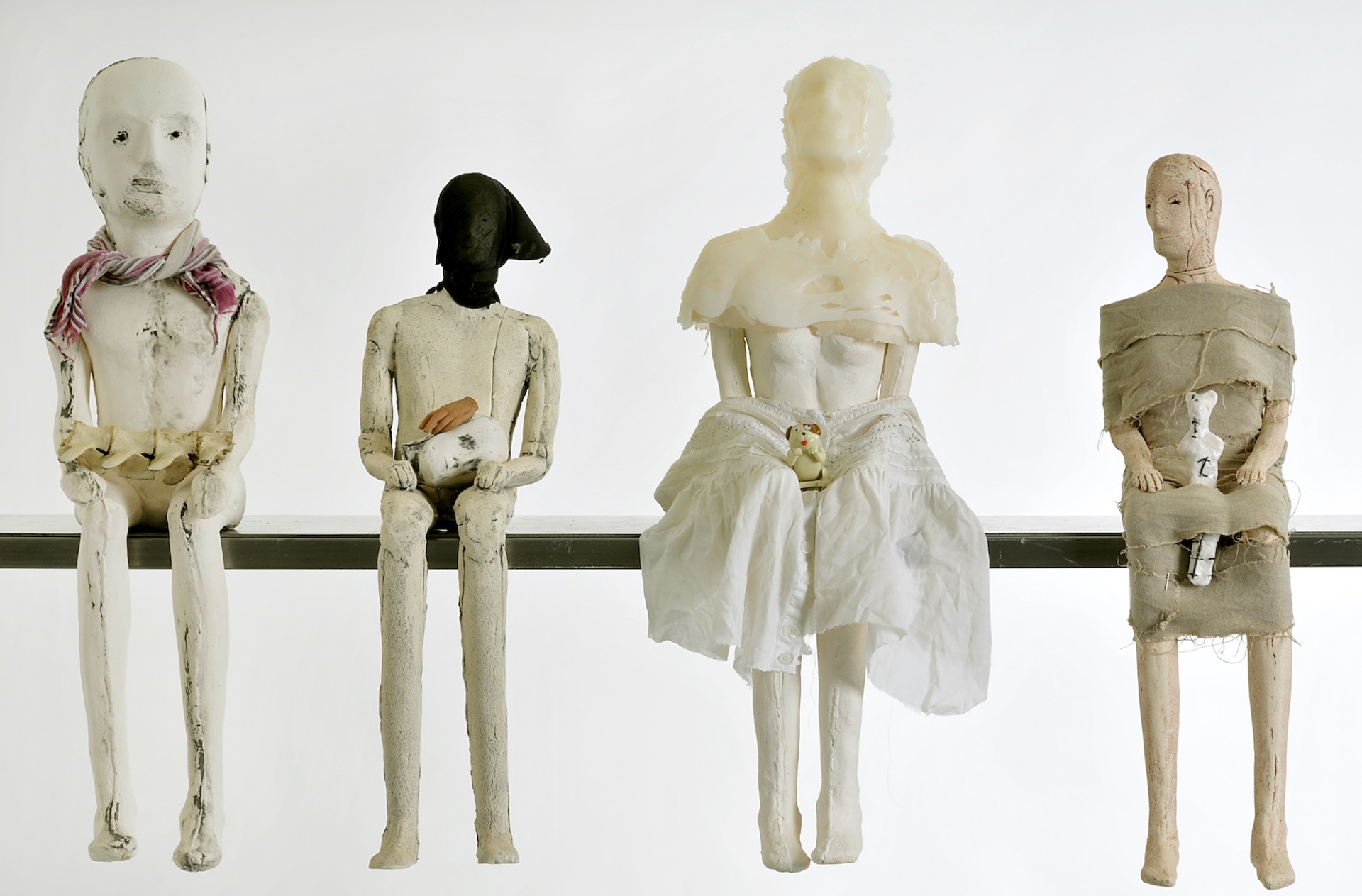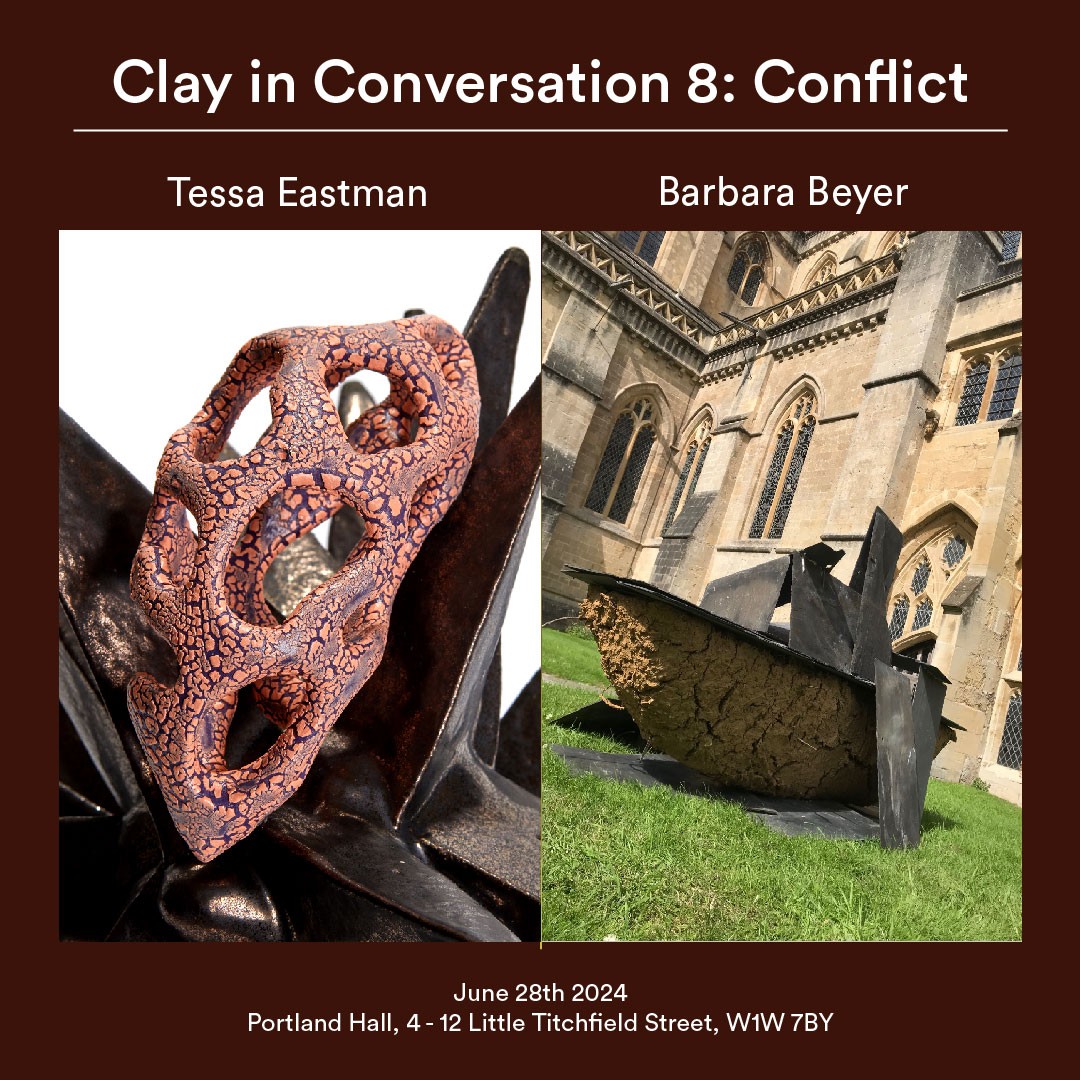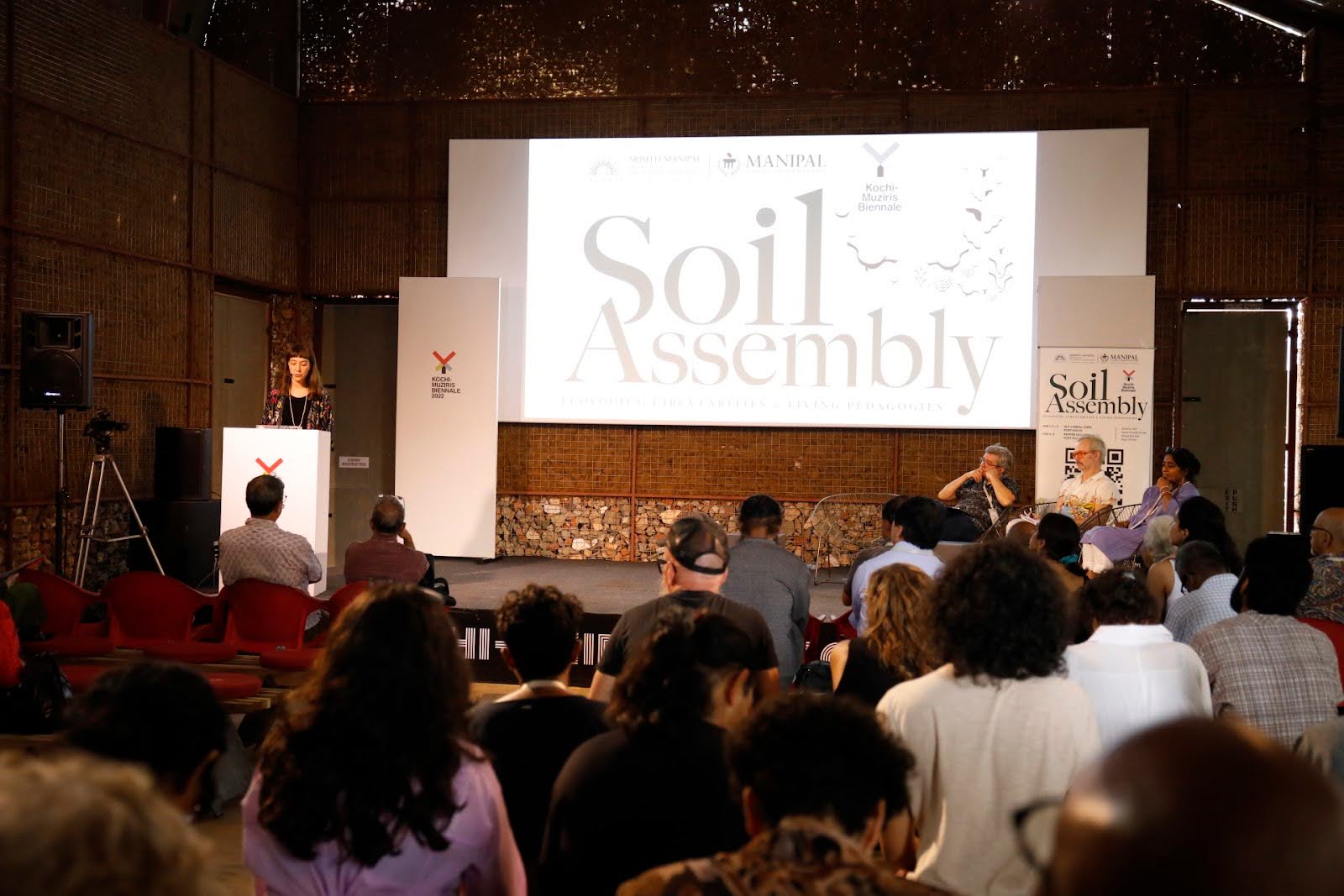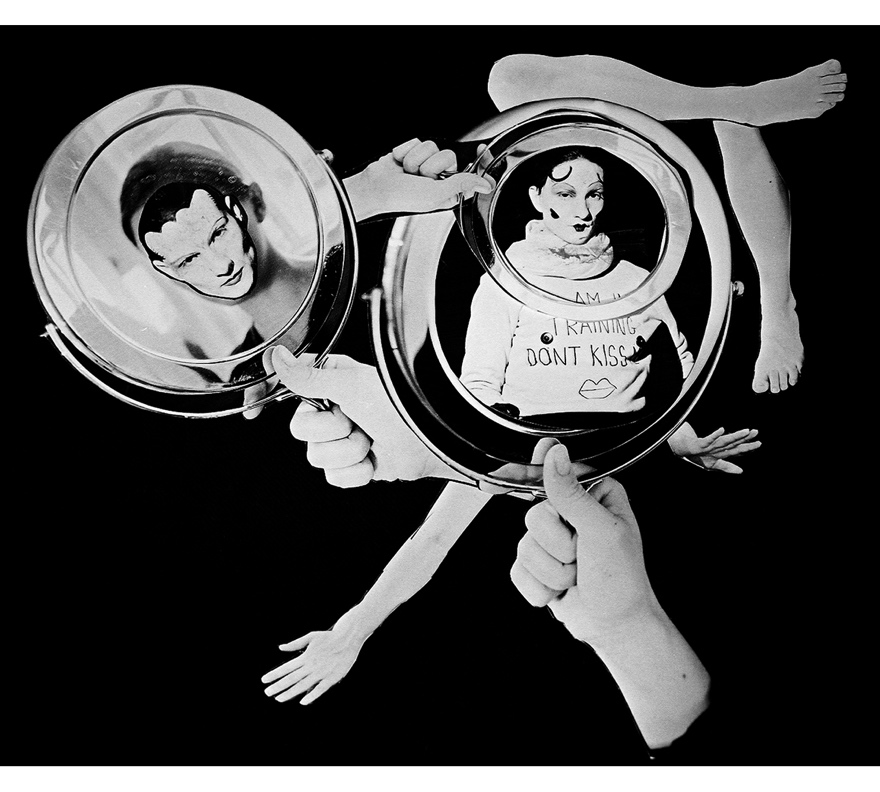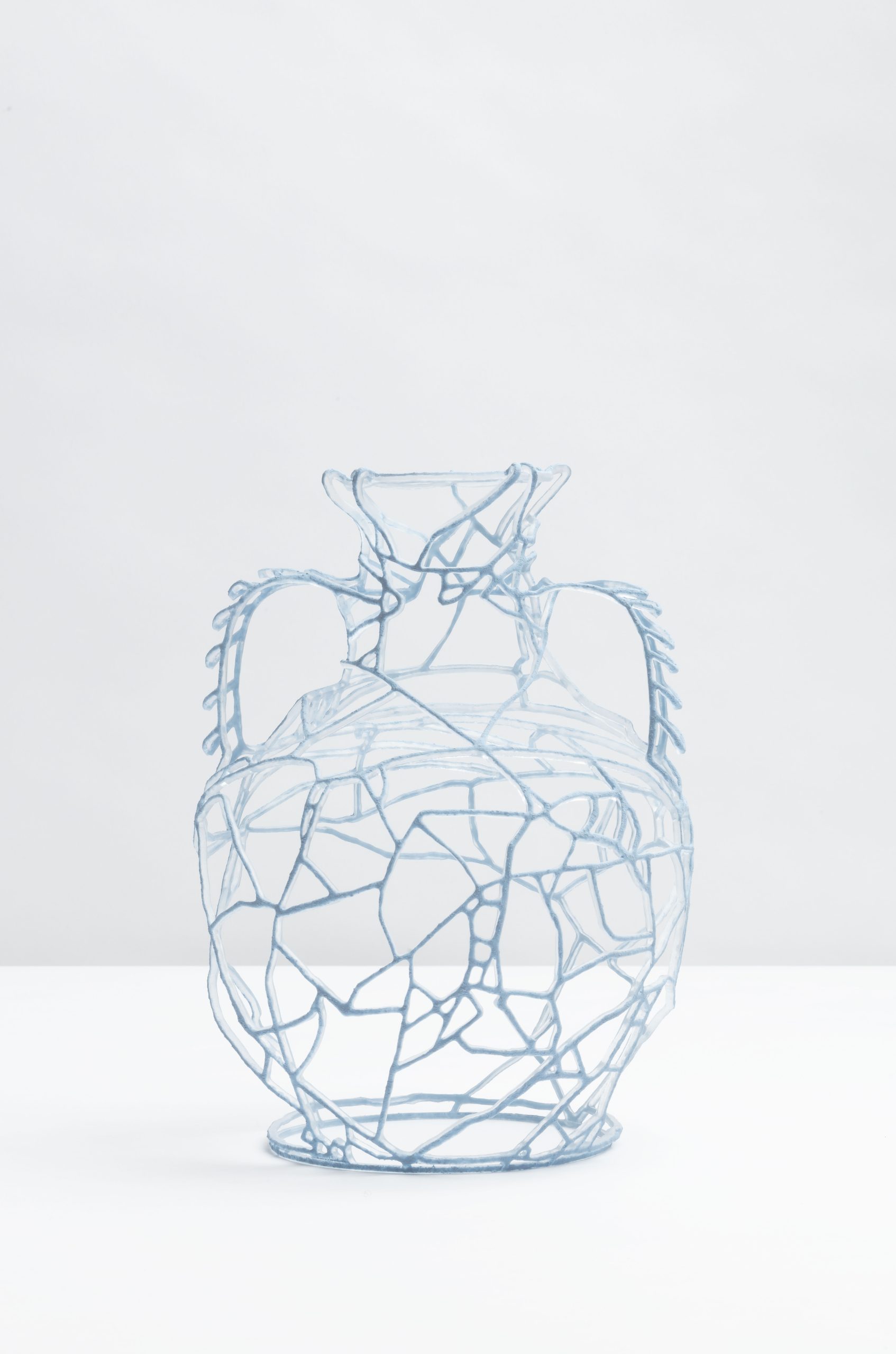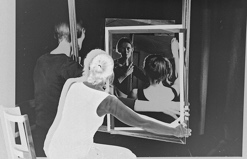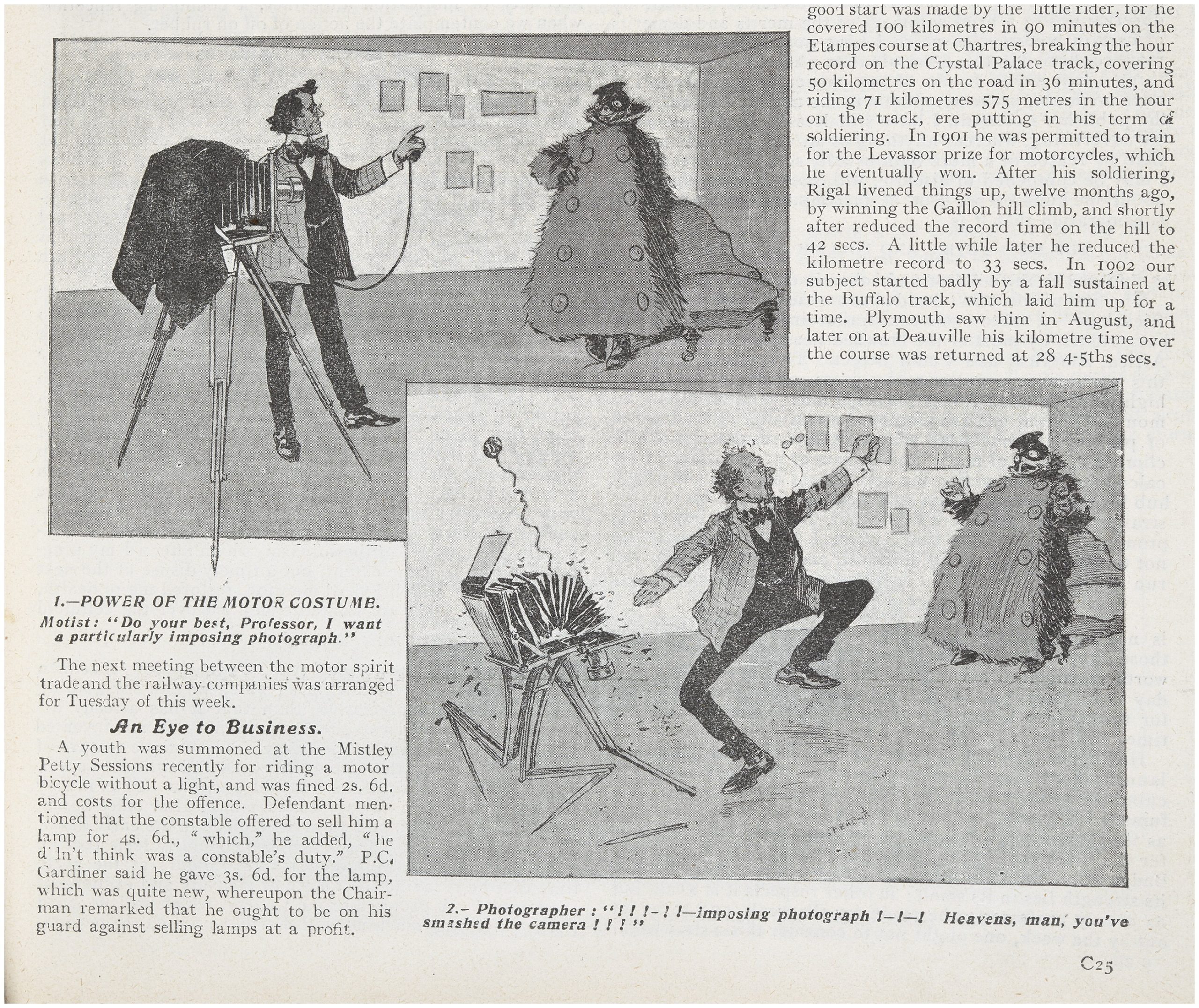An Atlas of Chronographic Things
A Deep Field Research Project: Featuring work of Diann Bauer, Jol Thoms and Neal White
The Deep Field Project has been working alongside CREAM Visiting Research Fellow Stefanie Hessler on a long term research project that recently launched as part of the exhibition ‘Who Wants to Live Forever?’ at Kunsthall Trondheim.
The research theme in-progress, Time Machines, explores natural phenomena as “time machines” that allow us to imagine the past in the present. For example, lichenometry – a method for geochronological dating – can work as a time machine by way of lichen being used in the dating of rocks. The project contains a number artefacts, methodologies and pictures, all compiled in the form of an atlas, like a collection of different forms of knowledge and objects from the world that communicate different forms of time.
This idiosyncratic archive unites research-based investigations by The Deep Field Project, which currently consists of three artist and researchers: Neal White’s work with ecologies exposed to human interaction, gerontology and cryonics; Jol Thom’s field work into the metaphysical consequences of posthumanism and neo-materialist philosophy on experimental physics; Diann Bauer’s investigations into notions of what the artist refers to as xenotemporality. This form of temporality sees time as existing outside the human experience, but simultaneously directly influencing our day-to-day life through technology, such as GPS satellites.
Neal White (UK) is an artist and researcher, founder of The Deep Field Research Studio and Office of Experiments, an International independent research studio. White’s work have been exhibited at Portikus, Frankfurt, Whitechapel Gallery, London and many other iInternational venues. Office of Experiments will exhibit new work in Venice Biennale of Architecture in 2021 with Monsoon Assemblages.
Diann Bauer (USA) is a PhD Candidate based in the Deep Field Research Studio, and lives in London. Bauer’s works have been exhibited at Tate Britain, London; The Institute of Contemporary Arts, London and The Gerrit Rietveld Academie, Amsterdam.
Jol Thoms (CA) is a PhD Candidate from Toronto, and lives in London. His work has been shown at Rencontres Internationales Paris/Berlin, Paris; Blackwood Gallery, Mississauga, Toronto and Haus der Kunst, München.
Press Release – Kunsthall Trondheim
Curated by Stefanie Hessler, Katrine Elise Pedersen
In 1950, a mummified body now known as Tollund Man was found in a bog on the Jutland peninsula in Denmark. The features of the man who had lived in the 4th century BCE were so well preserved that he was first believed to be a contemporary. Tollund Man joined the ranks of Ötzi, who had lived around 3300 BCE, and others whose continued presence conflates our time with theirs thanks to the preserving materiality of mud and ice.
These bodies’ presences promise a gleam of immortality, which has long haunted human imagination in philosophy, pop culture, and various cosmologies. Today’s health crisis makes this topic urgent once again. Current developments in biotechnology seem to bring us closer to this age-old dream: never-ending life. At the same time, we are witnessing a resurgence of biopolitics, in which life itself is being controlled, both through bodies and through molecules, DNA, and code.
The prospect of living forever changes our relationship to the present. Responsibility for the now is pushed to an ever further receding horizon of future redemption, where the hope of resurrection obscures the urgency of action in the present. And yet, the current moment is defined by an acceleration of events that make the future seem ever more compressed; in fact, some might say that the direction of time itself has changed.
The climate disaster spurs attempts to preserve life that is on the edge of extinction. Western biological anthropologists and population geneticists extend such ventures to peoples they anticipate will disappear. Indigenous peoples’ genetic information is stored, often without their consent, for purposes of human genome diversity, echoing the non-consensual extraction of HeLa cells from African-American cancer patient Henrietta Lacks in the 1950s. Since their disappearance is assumed and used to justify this research, they are hardly considered among the beneficiaries of genomic futures. Besides, many indigenous cosmologies don’t adhere to binary concepts of life and death, challenging the idea of technoscientific immortality.
Current cryonic approaches of freezing bodies, research into the Turritopsis dohrnii immortal jellyfish species, and the “download” of consciousness—these speculative developments raise important ethical questions. Who can attain immortality and who is excluded? How does our relation to the planet and other humans and nonhumans change if there is an immortal elite? If we live forever, might we become more caring towards our surroundings in our current time of ecological and social emergency, or more neglectful? This international group exhibition at Kunsthall Trondheim discusses both playfully and earnestly some of the most pressing ontological, epistemological, ethical, and political implications of the dawning (im)possibility of immortality.
____
Other participating artists:
Oreet Ashery, Solveig Bergene, Gideonsson/Londré, Jessica Harvey, Moa Israelsson, Britta Marakatt-Labba, Mercedes Mühleisen, Adrian Piper, Tabita Rezaire, and Anton Vidokle
Thanks to Adrian Piper Research Archive Foundation Berlin, Marion Aïdara, Kunstmuseet i Nord-Trøndelag, Center for Research and Education in Art and Media at the University of Westminster, IASPIS – The Swedish Arts Grants Committee’s International Programme for Visual Artists, Sven Rosborn, Lademoen Kunstnerverksteder, Hallie Ayres, Brittany Nelson and National Museum of Denmark.
Special thanks to Oppdal Sten for the kind support.
